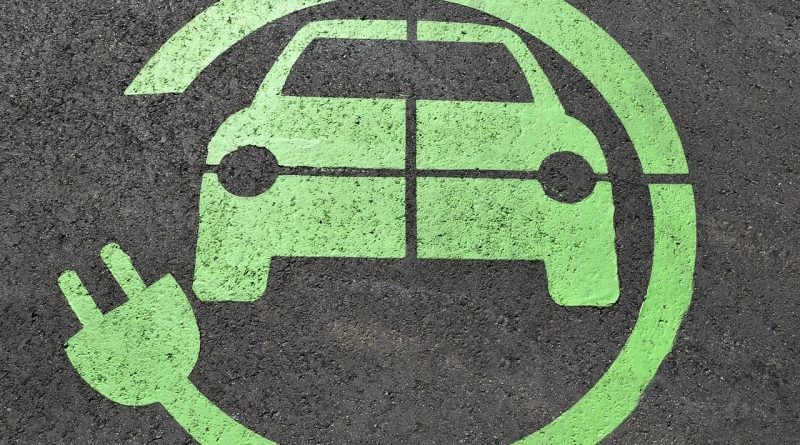Going Green with Hybrid Vehicles
Automotive transportation has dramatically altered the environment because it contributes to a majority of greenhouse gases released into the air. Our consumption of gas leaves large quantities of carbon emissions that continue to destroy the environment at an alarming rate. Mending the hole in the ozone layer will take time, but it is only possible through everyone’s participation in the green movement. You can do this in many ways, and one of the most important is by changing your transportation habits. While sitting on a crowed city bus or walking may not appeal to everyone, you can still go green while driving if you switch to an alternative fuel car.
Hybrid vehicles can help you go green by reducing the amount of carbon emissions directly. Since hybrids use a combination of gas and electric power, they run on less gas and thereby create less fuel emissions. Hybrids typically run on 30 mpg or more depending on make and model. Some car manufactures claim you can squeeze out 40 or more mpg, depending on your driving style.
Different types of hybrid vehicles depend on how they operate from gas to electric power. A full hybrid allows the driver to run on just gas, electric power, or both. When driving in typical conditions, the full hybrid relies on power from both the gas engine and electric motor. The electric engine can power the car alone when used for stop-and-go traffic or for low speeds. Both electric and gas motors stop when the car is idling. A mild hybrid contains an electric motor that allows the engine to turn off and start up quickly to reduce gas consumption, but the gas engine is the primary power source. The electric motor in the mild hybrid primarily functions when higher speeds or more power is required.
Electric hybrids are not the only alternative fuel cars on the market. Auto manufacturers continue to experiment with hydrogen powered vehicles, also known as hydrogen fuel cell vehicles. This type of vehicle emits no dangerous greenhouse gases since the byproduct is simply heat and water vapor. Unfortunately, it could take many years before you see these fuel cell vehicles in large numbers due to developmental complications such as affordability, winter driving, and durability.
All electric vehicles are powered by an electric motor that charges from a battery. While these vehicles offer no harmful emissions and inexpensive operating costs, manufactures have failed to create a viable market due to excessive costs to consumers and a short battery life. The battery takes several hours to charge once drained, and can be extremely expensive to replace after only a few years.
Affordability and green power has enabled hybrid vehicles to thrive in this market. It won’t be long before auto manufacturers stop producing gas guzzling vehicles and replace them with alternative fuel cars. People’s budgets and the environment will benefit both now and in the future.


